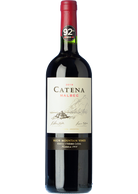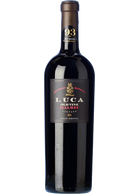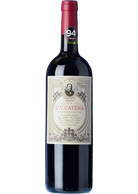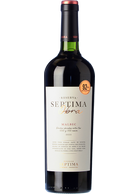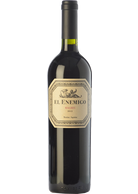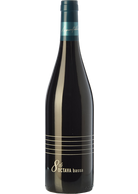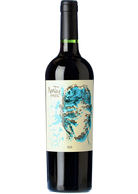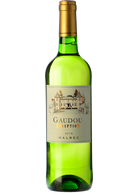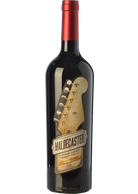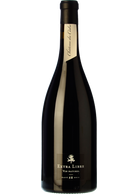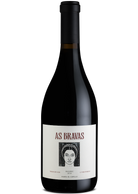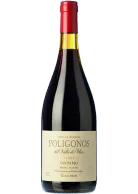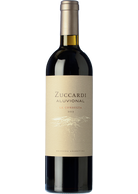Malbec
Despite its French origins (in Cahors and Bordeaux), the Malbec grape variety is the star grape in Argentina, having crossed the Atlantic to find success in a similar way to the Tannat and Carmenere grapes, introduced into Uruguay and Chile, respectively, in the 19th century. Three quarters of Argentinian vines are Malbec ones now, and it has also begun to expand to other countries from this stronghold. Many Argentinian wines are single-variety ones, but back in France Malbec is also still important in the blend of Bordeaux reds and Cahors wines.
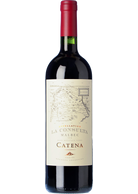




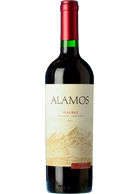









Malbec
Despite its French origins (in Cahors and Bordeaux), the Malbec grape variety is the star grape in Argentina, having crossed the Atlantic to find success in a similar way to the Tannat and Carmenere grapes, introduced into Uruguay and Chile, respectively, in the 19th century. Three quarters of Argentinian vines are Malbec ones now, and it has also begun to expand to other countries from this stronghold. Many Argentinian wines are single-variety ones, but back in France Malbec is also still important in the blend of Bordeaux reds and Cahors wines.
Wines made with Malbec, or côt as it is known in some parts of France, are rich and seductive, brimming with flavours of dark fruit (plums and blackberries), chocolate, smoke and tobacco. Dry and full-bodied, with a purple colour, medium acidity and tannins, they are expressive wines but easy to understand and ideal for many food pairings.
Malbec grapes adore the sun whose rays ensure the thick grape skins ripen well and gain in colour. However, excessively high temperatures can weaken their measured acidity. With this in mind, the best Malbec wines are often those produced at altitudes where the day-night temperature differences are more significant. Regarding ageing, although Malbec is well suited to wood aromas, ageing is not necessary for us to be able to enjoy the opulence of its fruit. Long-aged Malbecs do exist, but a few months are usually enough to round the wine off and bring out its greatness.
